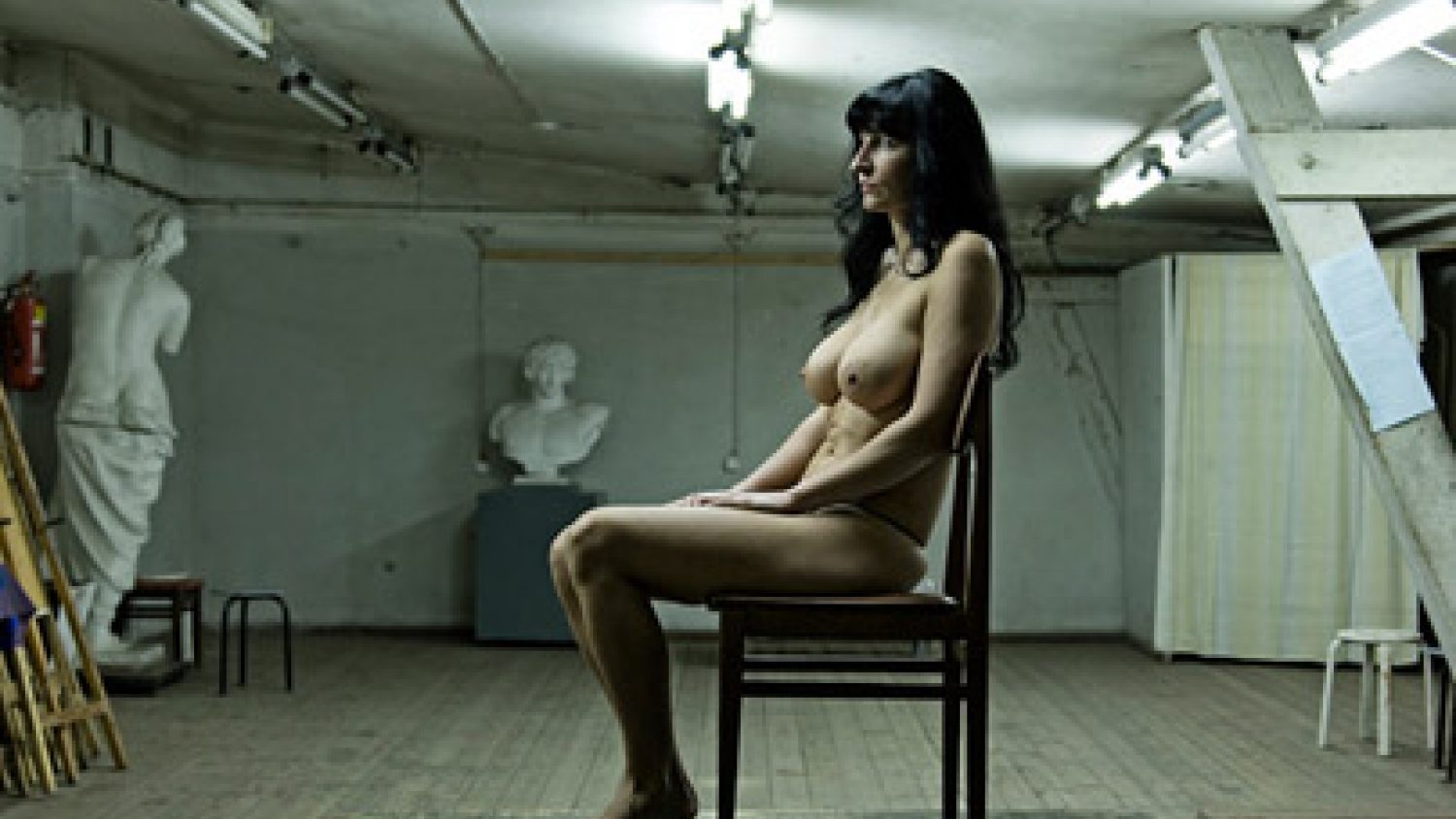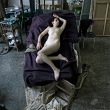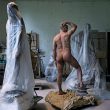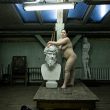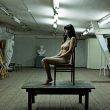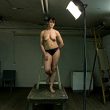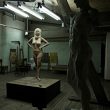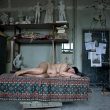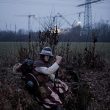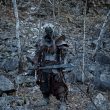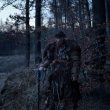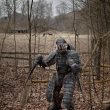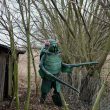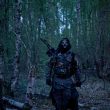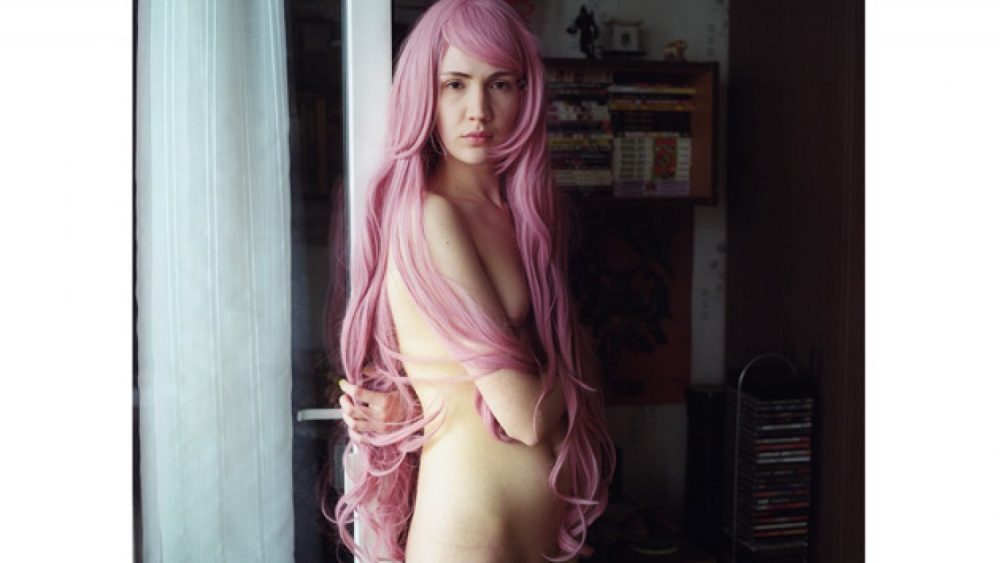Reinis Hofmanis
In the past year, Reinis Hofmanis (1985) has already managed to have two solo shows at the kim? gallery. Last October there was an exhibition of the Sale series, in which he explored the effects of the real estate bubble, documenting construction sites, plots of land and buildings with “For Sale” signs. In June we saw his new body of work LARP (Live Action Role Playing), in which the photographer portrayed various open-air role-play characters. Behind the exterior of a wizard, a zombie, a troll, an elf, a moss-man or a goblin hides an office clerk, a student, a hospital director, a nurse, a soldier, a jeweller or a teacher. Hofmanis himself works as a photo-reporter and a graphic designer. This year he did an apprenticeship at the F.A.Ceser and the Scope photo studios in Hamburg.
Judging from your CV, you began your career as a graphic designer. Why did you choose photography as your means of expression?
I still work in graphic design, but the focus has shifted. There was a moment where I decided that I didn’t want to spend my time indoors and in front of a computer. If in the beginning photography was a hobby with time it became a profession and the artistic medium for my projects. It took a while to get to that. The turning point was during my studies at the Hanover Art University (Fachhochschule Hannover) photography department in 2007.
Your last year’s project Sale, and the new one, LARP, are quite different from each other. Could you define the themes that have been of interest to you, in terms of your photographic expression?
Starting to work on a new project, I often don’t know how it will look like in the end. In the beginning there is a subject that interests me, from which I then arrive at the visual language. I started working on the Sale project because I wanted to make a work about the situation in Latvia at that time. During the process I then quite organically arrived at landscape and the message contained within it. Winter, frost, the land, which was being sold but which remained invisible, all this echoed well with the theme. Sale was my first work with landscape, and, in the context of other works, it stands out both visually and thematically. The human is the central figure in other works, whereas Sale talks of the human influence on the landscape and the environment. The uniting factor is the series format, as well as a certain typology that runs through my recent work.
For a long time I’ve been drawn to people that, in some way, could be regarded as the other, as different. Groups or parts of society, which have some common aspect that separates them from the rest of society. The search for an identity or a belonging that manifests itself in some conscious or unconscious position.
I am fascinated and captivated when people do something unusual – perhaps illogical, when looking at it through the standards accepted by society, but something important and meaningful from a personal point of view.
Was it easy to get the LARP participants to relax?
Speaking of trust, this is always a question of time. This subject matter is sensitive, and the LARP participants are often perceived as odd. Beginning the work on LARP, the first two months were spent corresponding with the players of these role-games. Only then could the first shootings take place. There were moments when it seemed that the project was going to fail precisely because of the lack of trust. Usually there is some key person, or a key shooting, that then provide that trust and open the door to the rest. It was similar for both the LARP and the Model projects.
You just spent nine months working for a photo studio in Hamburg. How does this work differ from the work at the photographic news agency in Riga?
The core of the work at a photographic news agency is photojournalism, whereas the studio where I worked in Hamburg does commercial photography. If the main reference points in documentary photography and in photojournalism have to do with the credibility of the image, the main objective of commercial photography is the result – the picture. And there are different ways of arriving at it. The shooting process is being increasingly replaced by the CGI, where the photographer doesn’t even press the shutter, but is instead following the process on a computer, giving instructions regarding the light, the tonality, etc. It’s a good experience to see how technologies develop and what possibilities there are. Having said that, it is the process itself that is currently important to me in my personal work.
What is your next project?
Right now I continue working on LARP. My next project will be in the context of Visual narratives: European borderlines. It will be about borders, where I will possibly combine landscape and portraiture.
